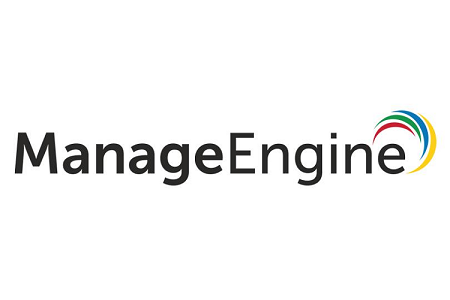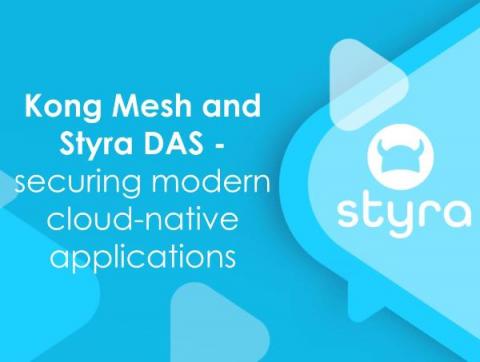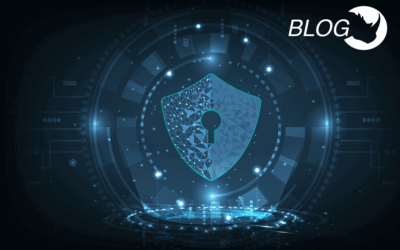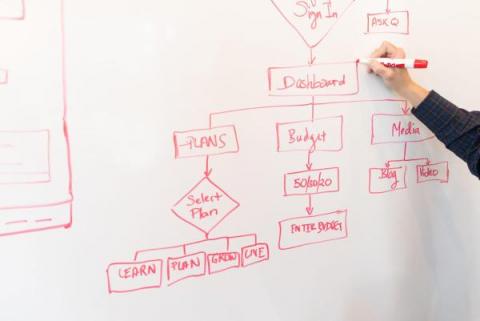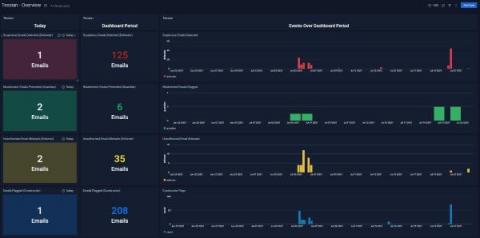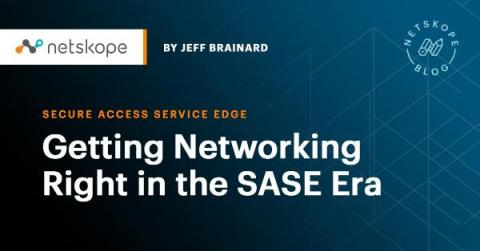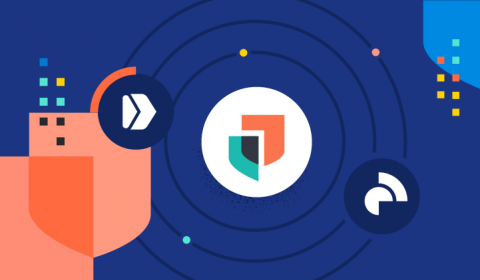13 reasons Log360 is the SIEM solution for you: Part 2
Our integrated compliance management tool helps you breeze through audits. Log360 provides out-of-the-box templates to meet all the major compliance regulations, such as the GDPR, PCI DSS, FISMA, HIPAA, and GLBA. What’s more, you can monitor the compliance status for these regulations in real time on graphical dashboards. Log360 also provides prebuilt compliance alerts to notify you about any critical compliance-related events.


